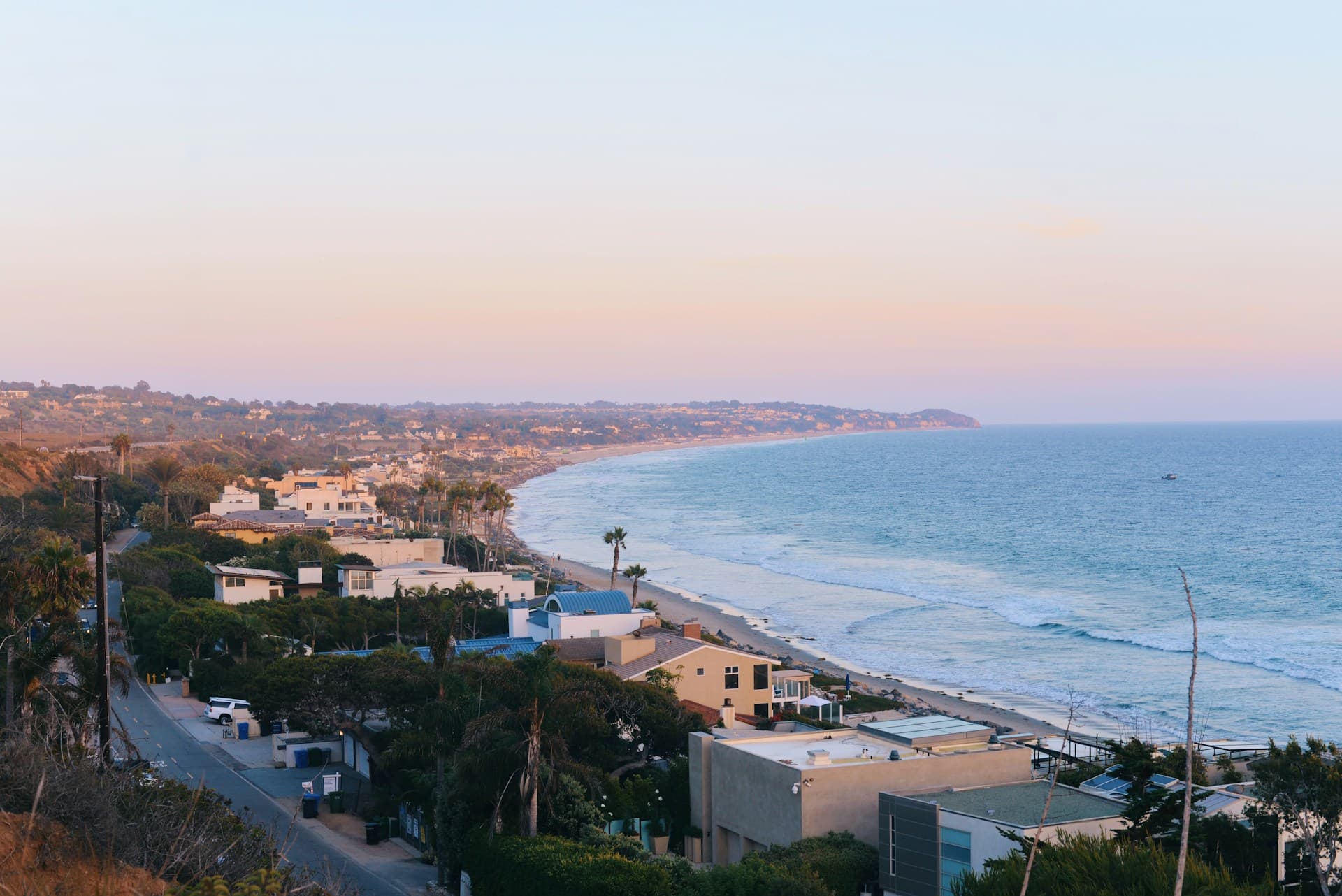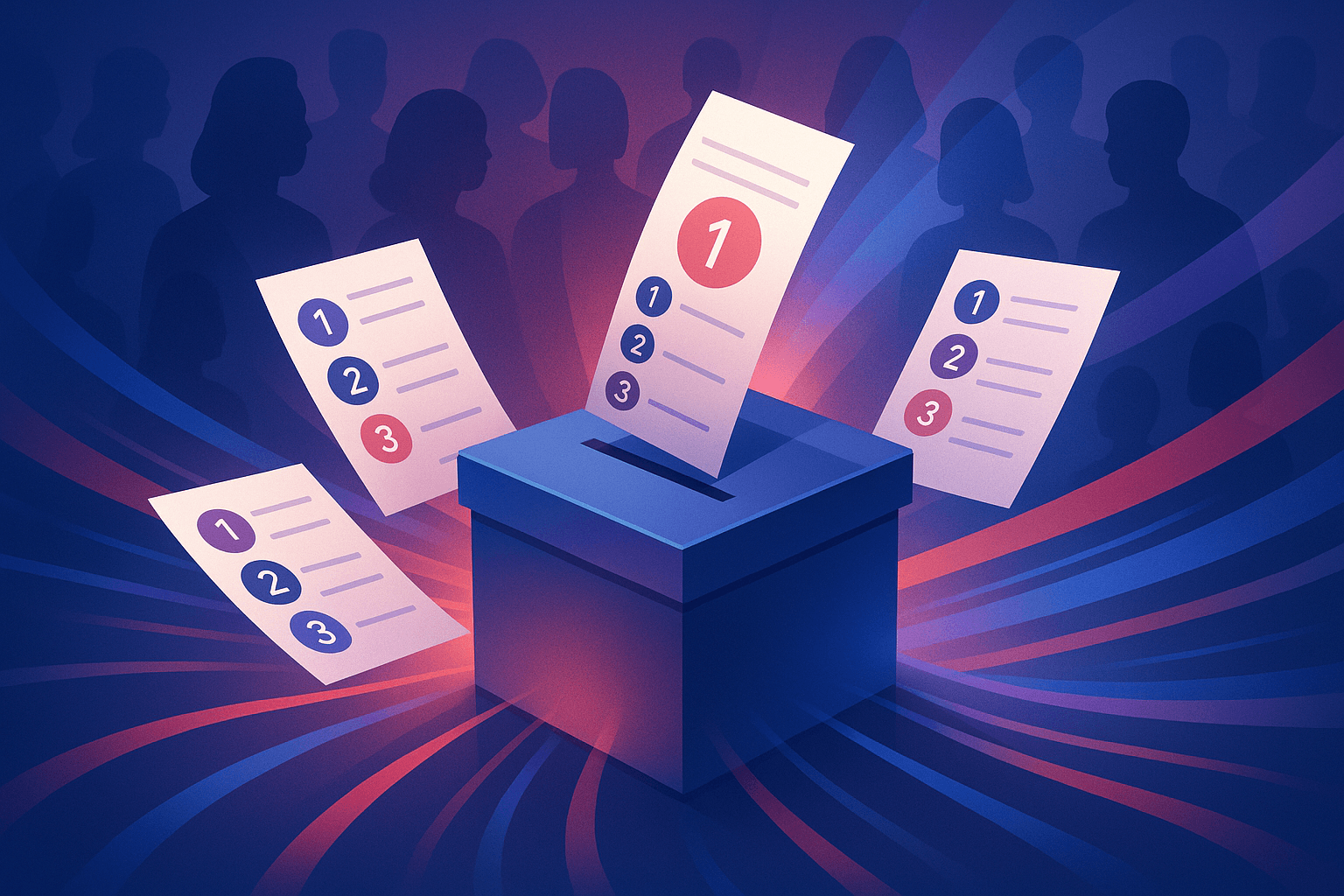Cable News Loses 11% of Prime-Time Audience in 2013

Cable news has long been the subject of mockery by late night talk show hosts and comedians like Jon Stewart for either sensationalizing current events and political news or reporting on pure speculation. This is not even reasonable speculation, either, but knee jerk, "throwing darts with a blindfold on" speculation.
The most recent example of this was the 24-hour news coverage of Malaysia Flight 370 where CNN treated theories like black holes and aliens as worthy of airtime and Fox News spent its time ridiculing CNN, thus creating an on-air spat between the networks.
https://www.youtube.com/watch?v=krFN7jHKNNo
This is the problem with 24-hour news stations: there really isn't 24 hours of actual news on a daily basis and cable networks fill the large gap that exists with whatever they think will bring in ratings.
Local news stations cover the entire day in about an hour and when you watch CNN, Fox News, or MSNBC, they too devote about an hour to actual news and the rest is either entertainment news or talking heads just speculating and then all of it repeats every hour. Since ratings is the number one priority, most cable news stations end up reporting on things that don't really matter to a vast majority of the population.So, it is no surprise when Pew Research's State of the News Media 2014 reveals that ratings for Fox News, MSNBC, and CNN -- colloquially known as the mainstream media -- has been on a gradual decline since 2009. In fact, according to the report, the median prime-time viewership for the 3 networks dropped 11 percent in 2013 -- to approximately 3 million viewers. MSNBC managed to lose nearly a quarter of its audience, CNN clawed its way to second in the year-end ratings, and Fox News only lost about 6 percent of its prime-time audience.
The same report showed a slight increase in both local and network news, but the biggest winner in news media right now is digital news platforms and apps. According to Pew, "82% of Americans said they got news on a desktop or laptop and 54% said they got news on a mobile device" in 2013. Additionally, 35 percent said they used their desktop or laptop frequently for this purpose, while 21 percent said they frequently used a mobile device for news.
Check out all of the reports from the State of the News Media 2014 here.
Photo Source: pubrecord.org


